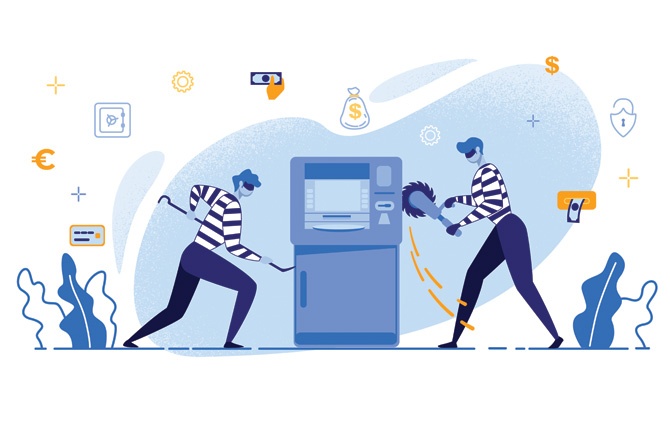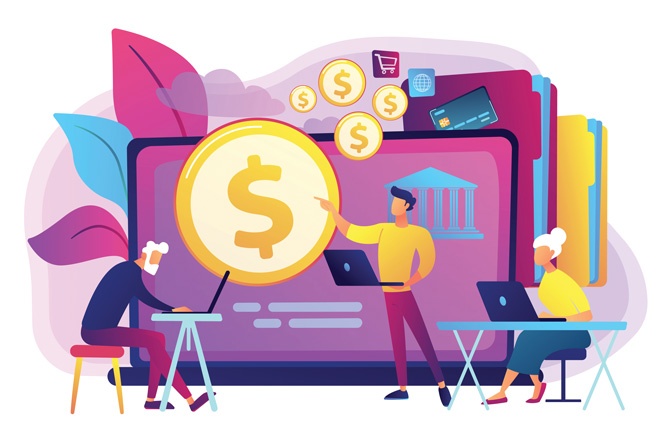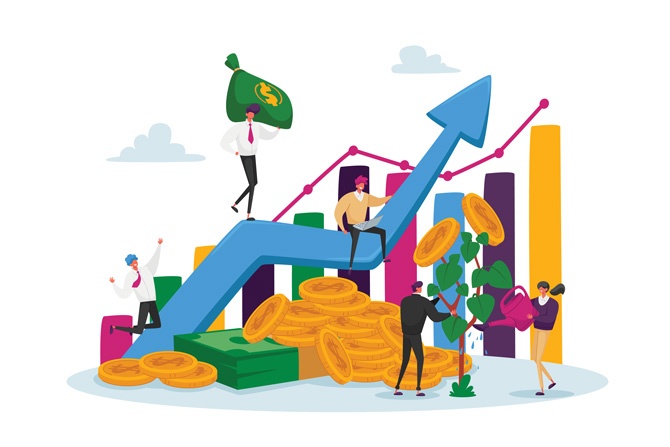Just in case you stepped away from your computer for a few minutes, marketing technology or MarTech, describes the software and technology used to attract and retain customers. There’s been a lot of talk about it, and rightfully so. According to HubSpot’s recent article, “What Marketing Leaders are Investing in This Year,” 60% of marketers indicated that they are set to increase their marketing technology spending in the next 12 months. The reason, of course, is that investments in marketing technology are the solution du jour when it comes to a financial institution’s ability to, as HubSpot puts it, “retain and delight their audiences and react with speed when necessary. And the options are vast. As of 2020, there were 8,000 different MarTech tools to choose from, ranging from data analytics platforms to CRMs, to internal team collaboration tools.”











